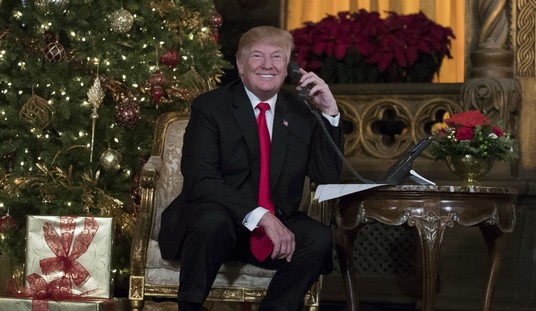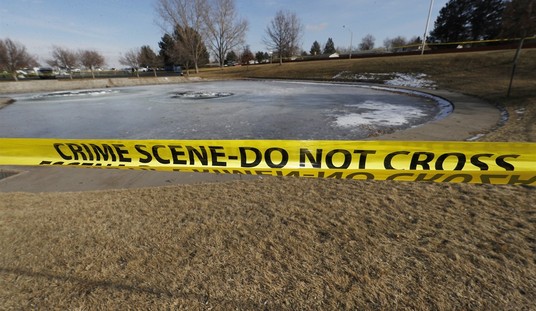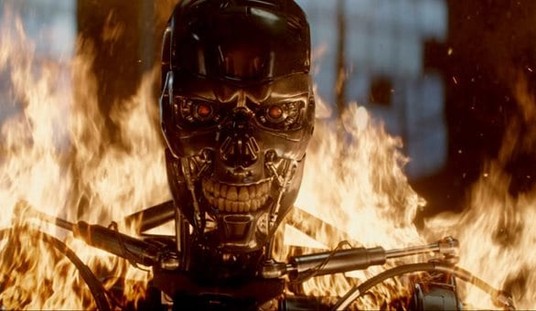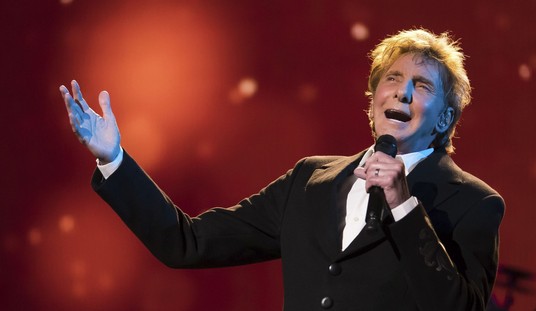American history is replete with inventors and innovators, ranging in time from Ben Franklin to Elon Musk, and in technology from Eli Whitney to John McAfee. It’s a part of our national heritage, one most Americans are duly proud of, and these are people we should seek to emulate.
The world of American firearms development has its stars, as well. While this is by no means an all-encompassing list, here are five men who had a great impact on the American firearms world.
In the 1820s, many Americans were moving west, in the first great migration across what is now the United States. While the traditional Pennsylvania long rifle was adequate for the game encountered in the East, the bison, grizzlies, and other big, tough beasts the first American explorers came across required a stouter punch. Enter St. Louis brothers Jacob and Samuel Hawken, who set up shop in St. Louis in 1815 and began producing what they called the “Rocky Mountain Rifle.” The Hawken guns, which began in the flintlock era and were later produced to use the newfangled and more efficient percussion caps, were shorter than the Pennsylvania rifles, with heavier barrels and larger bores; some of the early examples fired a one-ounce ball, meaning a roughly 16-gauge (.67 caliber, more or less) with later examples in .50 and .54 caliber.
The Hawken guns quickly became a standard among the mountain men and adventurers in the West, and the design was immortalized in the 1972 film “Jeremiah Johnson,” although the first Hawken rifle carried by the main character was said in the film to be .30 caliber, which would barely make a squirrel rifle in a black-powder front-stuffer. There is no evidence that the Hawken brothers ever produced such a pipsqueak.
Hawkens became such an iconic piece of Western lore that many replicas are made to this day.
See Related: Alabama Passes Law Protecting Gun Owners From De Facto Private Sector Firearm Registry
The terms “Sharps” and “buffalo gun” are so often used together as to be nearly synonymous. Christian Sharps started his career working in the Harpers Ferry Arsenal in the 1830s, and while working there became familiar with the Hall Rifle, an early single-shot breechloader. In 1848, Sharps received a patent on his own design, and in 1851 started the Sharps Rifle Manufacturing Company in Hartford, Connecticut. The first Sharps rifles used paper cartridges but soon made the transition to brass cartridges, which at that time were the cutting edge in ammunition.
The Sharps were among the most accurate rifles of their day – and were powerful to boot, firing big black-powder cartridges like the .45-100 and .45-120. The rifle was iconic enough to appear as a co-star in a Western film, that being the Tom Selleck movie “Quigley Down Under,” which I feel I must point out also co-starred the delectable Laura San Giacomo as the love interest, with Alan Rickman turning in a predictably great performance as the villain.
The Sharps rifle remains popular to this day, with replicas made by Pedersoli and Uberti, among other companies.I’ve written about Charles Newton before. While Newton’s creations, including the rather odd LeverBolt, are rather obscure collector’s items today, Charles Newton was a man who was way ahead of his time in the development of the modern bolt-action sporting rifle. His first effort was a cartridge, the .22 Savage Hi-Power, which he followed with the .250-3000 Savage, the first commercial rifle cartridge to exceed the magic velocity number of 3,000 feet per second.
But it was in rifles that Newton hit his stride. After starting the Newton Arms Company in 1914, he started producing not only some really fine bolt-action rifles, but also his high-velocity, proprietary cartridges, including the .256 Newton, .30 Newton, and .35 Newton. The first rifles were converted Mausers, but in time Newton and famed barrel-maker Harry Pope opened a plant in Buffalo, New York, where they produced the Newton First Model 1916 rifles.
Newton and Pope suffered several setbacks and corporate failures and restarts, so the fascinating Newton rifles and cartridges never really gained any traction. But Charles Newton had greater foresight in the design of bolt-action sporters than any other designer of his era, foreseeing such immortal pieces as the Model 70 Winchester – the “Rifleman’s Rifle” – and the Remington Model 700.
See Related: Dexter Taylor Gives Fiery Statement Before Judge Hands Down 10-Year Sentence for Gunsmithing Hobby
2) Samuel Colt
The modern revolver had its genesis, in the early 19th century, on a ship. The ship was the brig Corvo. A crew member on that ship had a Collier flintlock revolver, a massive, heavy, awkward, unreliable piece but one that caught the eye of a young cabin boy named Samuel Colt. Young Sam was intrigued by the complex piece, and with the newfangled percussion-cap ignition system in mind, knocked out a wooden mockup of a cap-and-ball revolver. That carved model does not survive today, but young Colt proceeded to Paterson, New Jersey, where he produced the 1836 Paterson Colt revolvers. The Paterson guns were proof of concept but little more. They had a fragile folding trigger, a cylinder that only held five rounds, and did not have an attached loading lever but rather a tool provided with the gun; if one lost the loading tool, you had a rather expensive club.
The Paterson design proved to be a commercial failure. But then, in 1846, one Captain Samuel Walker, on a mission from Texas, approached Colt, who was at that time engaged in the manufacture of underwater electrical cable and tin foil. Walker was looking to talk Colt into getting back into the sidearm business, and the two sat down to talk particulars. The result was the Colt Walker revolver, which set the form for the modern sixgun, as well as being the first real combat magnum handgun. From then until now, that basic revolver pattern designed by Sam Colt would remain the form for virtually every modern revolver.
The saying goes that God created men, and Sam Colt made them equal. If anyone has earned that accolade, it would be Sam Colt.
Nobody, of course, can measure up to the Leonardo Da Vinci of guns. The Maestro started in his Mormon gunsmith father’s Ogden, Utah, shop, hand-building single-shot rifles. From that humble start, John Browning went on to design guns ranging from .25 caliber vest-pocket pistols to 37mm automatic aircraft cannons. Bandwidth does not permit me to list every gun that sprang from the mind of John Moses Browning, but among the most famed of the his creations include the Model 1892 and 1894 Winchester lever guns, the 1897 Winchester pump shotgun, the Colt-Browning 1911 pistol, the Browning High-Power pistol, the Browning Auto-5 semi-auto shotgun, the Ithaca Model 37 pump shotgun, the Stevens 520/520A pump shotguns, and the M2 Browning .50 caliber machine gun.
See Related: Sunday Gun Day XXXVIII - The Browning Museum, Ogden, Utah
Browning held 128 patents on firearms and related devices. He designed guns for civil and military use, for every kind of shooter, for every kind of recreational shooter or hunter.
The Maestro was also fortunate to live in a time when the advent of clean-burning smokeless powders and improvements in metallurgy resulted in an explosion of new firearms designs, but even taking that into account, no one has ever had the singular impact on guns, both civilian and military, on the services as well as the shooting sports, as John Moses Browning.
America has a rich history of gun designers, probably more than any other nation. This list presents only five of them, and there are many more – Eliphalet Remington, Oliver Winchester, Eugene Stoner, Christopher Spencer, and others. We’ll come back to them in another segment.














